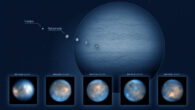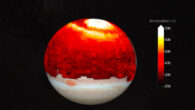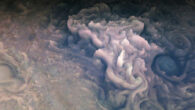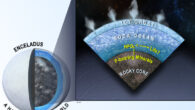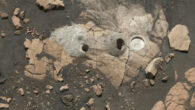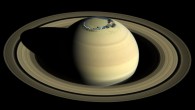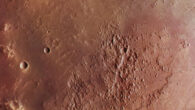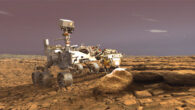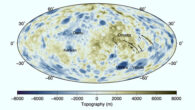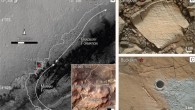The subsurface of Mars during the Noachian period was likely to have been habitable for microorganisms that feed on hydrogen and produce methane, according to new research. The young Mars would have had enough water to cover its entire surface in a liquid layer about 140 m deep, but it is more likely that the liquid would have pooled to form an ocean occupying almost half of Mars’s northern hemisphere, and in some regions reaching depths greater...


